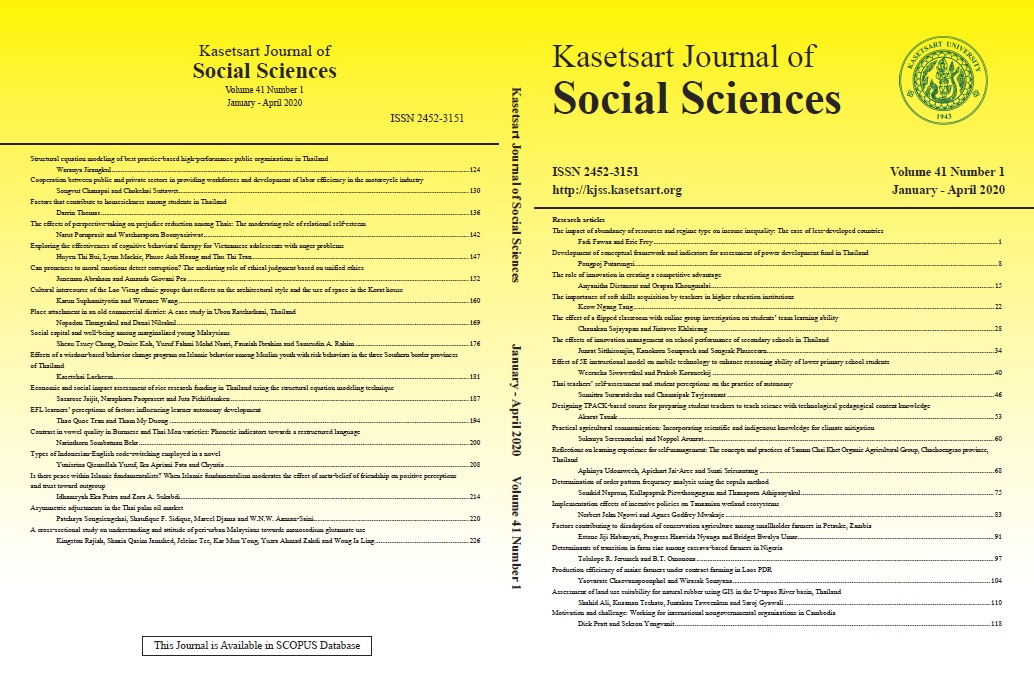The impact of abundancy of resources and regime type on income inequality: The case of less-developed countries
Keywords:
developing economics, Gini index, Kuznets curve, natural resources, per-capita incomeAbstract
This paper examined the effects of natural resource abundance on income inequality for lower-and higher-income earners in less-developed countries, as well as the effect of natural resources and the existence of democracy on the distribution of income. In light of previous studies, this study used panel data and a fixed-effects econometric model, which took into account the individuality of each less-developed country, to examine the effects of natural resource abundance on income inequality in lower- and higher-income brackets in less-developed countries. In the case of less-developed countries with natural resource abundance, we found that democratic countries experienced less income inequality than non-democratic countries. In addition, current economic standing and natural resource abundance had varying, yet significant, results; low-income less-developed countries generally had less income inequality if they lacked an abundance of natural resources. On
the other hand, natural resource abundance resulted in less income inequality among high-income, less-developed countries. Regardless of current economic standing, our results showed an abundance of natural resources leads to a more rapid decline in income inequality over timedso long as that country continues on its path of economic growth.
Downloads
Published
How to Cite
Issue
Section
License
Copyright (c) 2018 Kasetsart University

This work is licensed under a Creative Commons Attribution-NonCommercial-NoDerivatives 4.0 International License.
This is an open access article under the CC BY-NC-ND license http://creativecommons.org/licenses/by-nc-nd/4.0/










